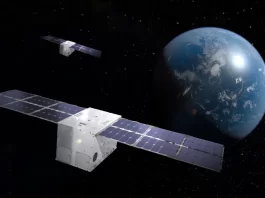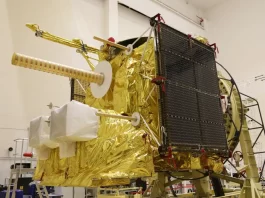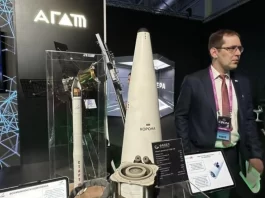The Euclid science spacecraft of the European Space Agency (ESA) was successfully launched from Kennedy Space Centre on July 1. Airbus’ high-precision 1.2-meter-diameter telescope and payload module will allow Euclid to investigate the composition and evolution of the universe, including the role of dark matter and dark energy.
Dark matter cannot be detected directly, but astronomers know it exists based on its gravitational effects on visible matter. Galaxies could not maintain their shape without the additional mass that is believed to be dark matter.
Dark energy is an enigmatic force that appears to be accelerating the universe’s expansion. Euclid will aid in studying dark energy by mapping the three-dimensional distribution of galaxies to calculate the expansion rate.
Euclid, constructed by Thales Alenia Space for the ESA, will capture high-resolution visible and infrared images. Within six years of observation spanning more than a third of the sky, Euclid will determine the shapes and distances of over one billion galaxies.
According to Jean-Marc Nasr, Head of Space Systems at Airbus, this is the largest telescope with the highest optical performance ever designed and integrated by Airbus and a testament to our space instruments team’s skills and expertise.
Euclid will construct a map of the universe’s large-scale structure and investigate how the universe has expanded and how the structure has formed throughout cosmic history, shedding light on the roles of gravity and dark energy.
In addition, Euclid will investigate the effects of “weak lensing,” which distorts images of distant galaxies due to the presence of dark matter between the Earth and those galaxies. In this manner, the distribution of dark matter throughout the universe will be mapped with unprecedented precision.
The full silicon carbide (SiC) telescope must operate in extremely cold 100 Kelvin (-170°C) conditions. It draws on Airbus’ world-leading expertise in silicon carbide technology for space, which has already been demonstrated in orbit on ESA’s Herschel and Gaia missions.
Euclid is a “Medium Class” mission in the Cosmic Vision programme of the ESA. The prime industrial contractor for the satellite was Thales Alenia Space, while Airbus was responsible for the payload module, of which the telescope was the primary instrument.
Euclid will reach its operational orbit around Lagrange 2 four weeks after launch. Testing will then commence, and full operations are anticipated three months later.





